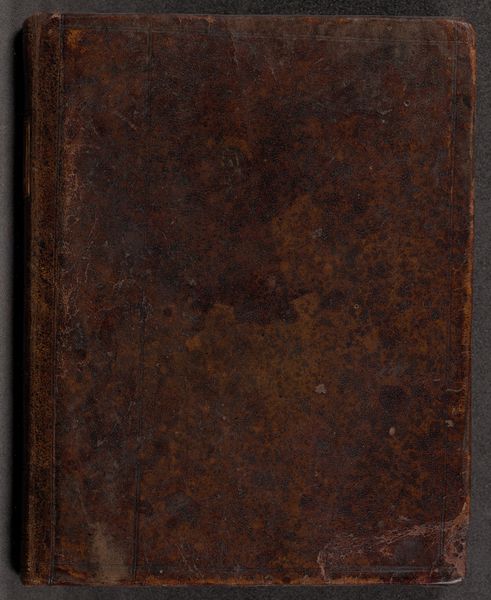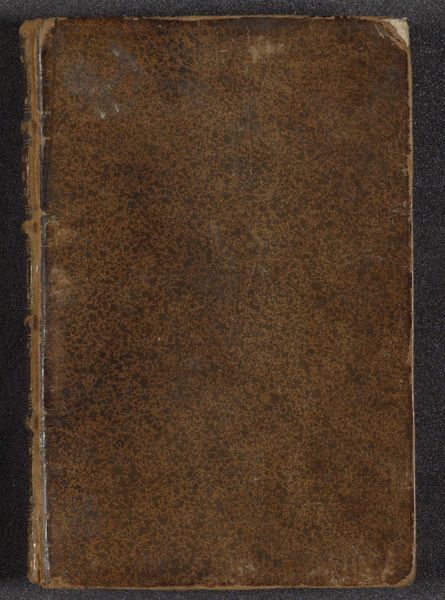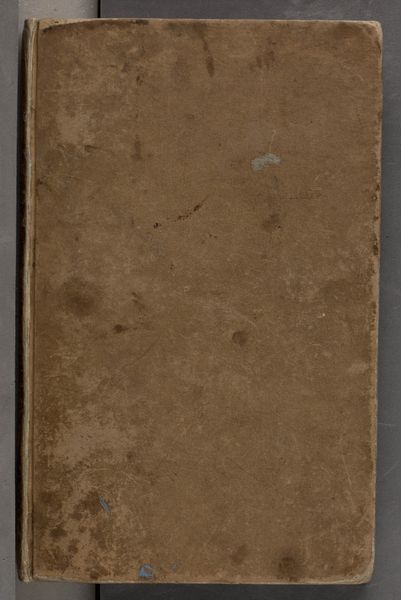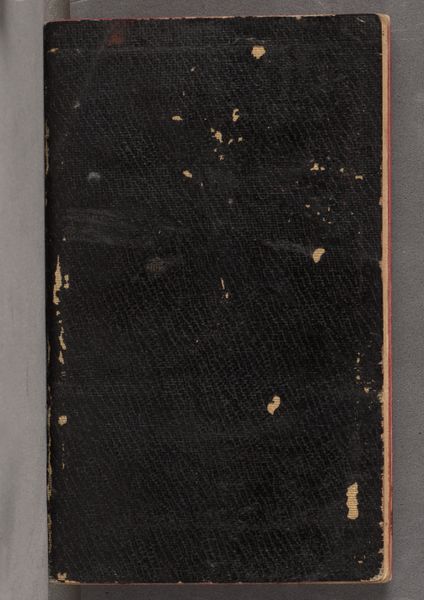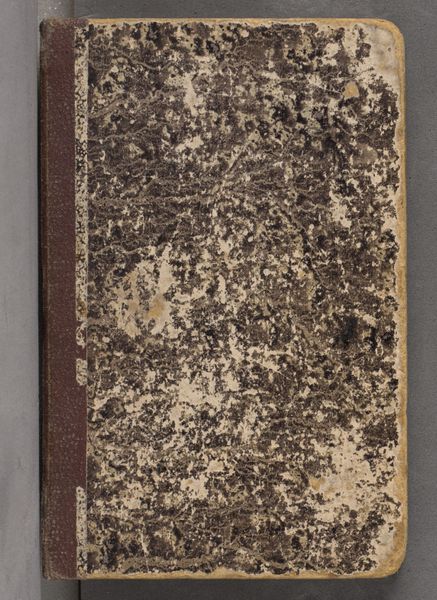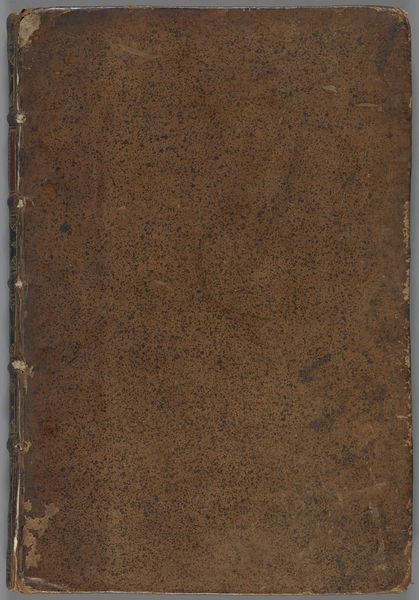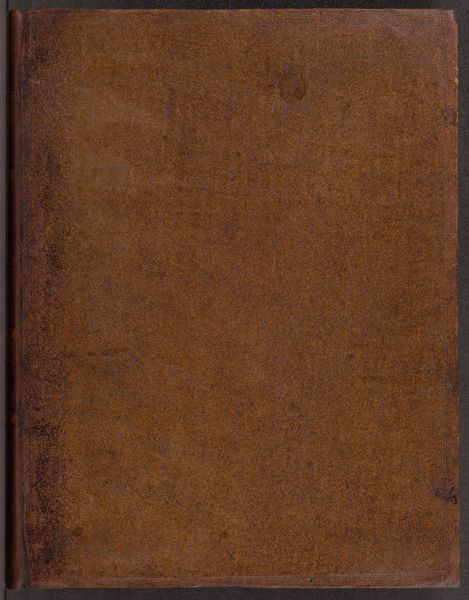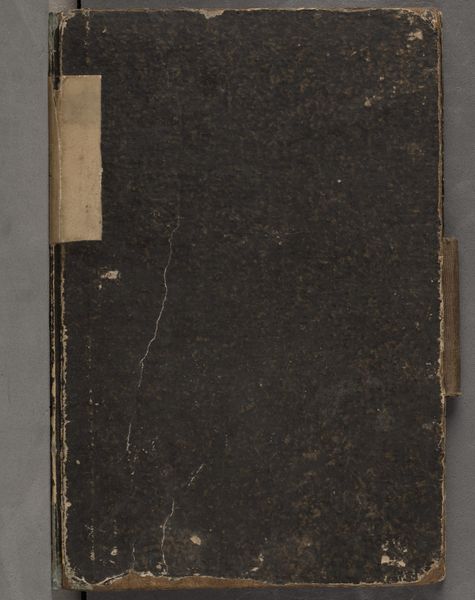
Universae Architecturae Civilis Elementa...; Materia Tentaminis Publici... Possibly 1756
0:00
0:00
# print
#
book
#
academic-art
Dimensions: page size: 24.6 x 18.2 cm (9 11/16 x 7 3/16 in.) overall size (volume closed): 25.3 x 19.9 x 5.7 cm (9 15/16 x 7 13/16 x 2 1/4 in.)
Copyright: National Gallery of Art: CC0 1.0
Christian Rieger, who lived from 1676 to 1816, created "Universae Architecturae Civilis Elementa...; Materia Tentaminis Publici..." This book invites us into a world where architecture and society intertwine. During Rieger's lifetime, architectural principles were not just about building structures; they mirrored the societal values and power structures of the time. Architecture was a statement, a symbol of authority, and a reflection of cultural identity. As you observe the book's design, consider the historical context in which it was produced. How might the architectural elements presented within its pages reinforce or challenge the norms of its era? Rieger's work is a lens through which we can examine the relationship between design, power, and identity in the 18th and 19th centuries.
Comments
No comments
Be the first to comment and join the conversation on the ultimate creative platform.
